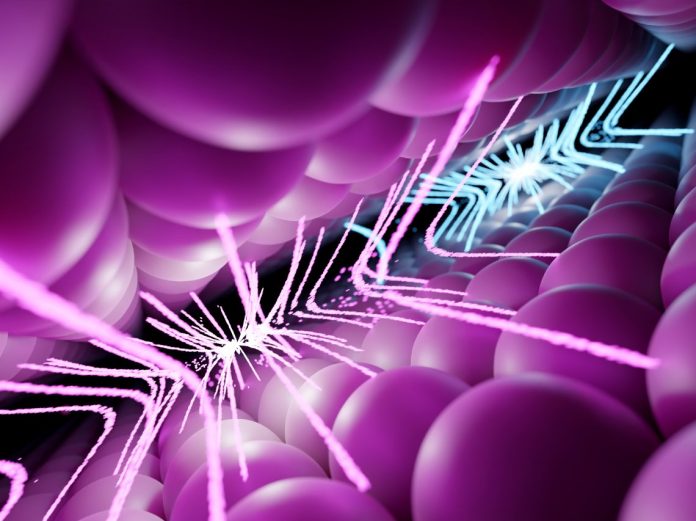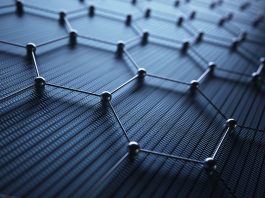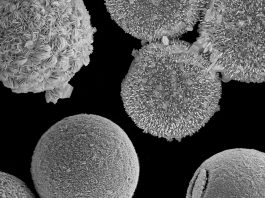A research group has designed new quantum materials that can control the dynamics of electrons by curving the fabric of space in which they evolve.
The researchers, from the universities of Salerno, Utrecht and Delft, concluded that developing new information and communication technologies poses challenges in the industry. Designing these new quantum materials is the most promising way to meet these challenges.
These properties are of interest for next-generation electronic devices, including future optoelectronics.
The paper detailing the results, ‘Designing spin and orbital sources of Berry curvature at oxide interfaces,’ is published in Nature Materials.
How will these materials work in modern electronics?
Future telecommunications will require compelling electronic devices. They must be capable of processing electromagnetic signals in the picosecond range at unprecedented speeds, such as one-thousandth of a billionth of a second.
Current semiconductor materials, such as silicon – used in the electronic components of our telephones, computers, and game consoles – cannot produce these signals. Therefore, the scientists focused on a new set of quantum materials.
Thanks to their unique properties – such as the collective reactions of the electrons that compose them – these quantum materials have been developed to capture, manipulate and transmit information-carrying signals within new electronic devices. Moreover, they can operate in electromagnetic frequency ranges that have not yet been explored, opening the way to high-speed communication systems. This is a huge advance for quantum technology.
“One of the most fascinating properties of quantum matter is that electrons can evolve in a curved space. Due to this distortion of the space inhabited by the electrons, the force fields generate dynamics totally absent in conventional materials. This is an outstanding application of the principle of quantum superposition,” explained Andrea Caviglia, a professor at the Department of Quantum Matter Physics in the Faculty of Science of the UNIGE.
Controlling the curvature of the space fabric
After an initial theoretical study, the team designed a set of quantum materials in which the curvature of the space fabric is controllable.
“We have designed an interface hosting an extremely thin layer of free electrons. It is sandwiched between strontium titanate and lanthanum aluminate, which are two insulating oxides,” said Carmine Ortix, professor at the University of Salerno and coordinator of the theoretical study. This combination allows us to obtain particular electronic geometrical configurations which can be controlled on demand.
The research team used an advanced system for fabricating materials on an atomic scale to achieve this. Using laser pulses, each layer of atoms was stacked one after another.
In their paper, the researchers stated: “This method allowed us to create special combinations of atoms in space that affect the behaviour of the material.”
While the prospect of using these quantum materials in technology is still far off, this new material opens up new avenues in the exploration of very high-speed electromagnetic signal manipulation. These results can also be used to develop new sensors. The next step for the research team will be to observe further how this material reacts to high electromagnetic frequencies to determine, more precisely, its potential applications.









